SPECULATIVE BOTANY PROJECT
Introduction: The Past in Ruins, a Future in Bloom
While there have been numerous studies on the margins of the Cordillera Protected Area (CPA), botanical explorations in the post-Quake ruins of the area formerly called the “Metro Baguio-La Trinidad” have been sparse. After a month of research in the said zone, we present to you the results of a series of field immersions by our botanical expeditionary group.
After a 9.6-magnitude earthquake levelled what was once an overdeveloped mountain city in the year 2030, citizens received practically no support from the national government as the entire country at that time was experiencing a total societal collapse. With all government functions (including scientific agencies) paralyzed to a halt, populations left the ruins of Metro Baguio and migrated to larger cities. Thus, it was only after a full century that scientists were able to re-enter the now inhospitable Cordillera mountains.
The Baguio-La Trinidad area specifically, is a fascinating field because it is one of the few places rife with opportunities for botanists to study post-civilization flora. Its relative ecological isolation also adds interest when it comes to biodiversity and unique ecosystems.
The undisturbed status of post-Quake Baguio-La Trinidad’s flora has been established by two factors. The first are the natural barriers that cropped up after the 2030 earthquake, effectively blocking major and minor entry points into the zone. The second is the government’s decision to mark the entire Cordillera highlands as a protected area after the Quake. Due to the persistent local beliefs about ‘ghosts’ of the victims of the 2030 earthquake still roaming the forests, public discussion on the famed city became a taboo topic (Miekle, 2116).
Regarding the former: even up to now, geologists find it mysterious how the area’s landscape managed to change in such a dramatic manner. But while we cannot underestimate the role of “The Quake” in the area’s geological transformation, we know that the stage for the city’s ruin has already been set for quite some time before it happened. Decades before the earthquake struck, the city has been burdened by a host of urban problems, including relentless ‘development’ of vacant green areas, an uncontrollable urban sprawl brought by lack of housing options, and others. All of these led to geological hazards such as ground subsidence, erosion, etc. which were bound to exacerbate the effects of even the mildest seismic activities.
Interestingly, we have evidence that in ingenious ways that only nature itself could design, pre-Quake urban flora has also adapted to the relentless urban scourge. For instance, according to records, the “septic lumot” (Leucobryum reynosum/ septic moss) which emerged in the city’s rusty water and sewage system in the late 2020s was considered as “public enemy number 1” by Baguio Midland Courier’s 2029 year-end list. Its resistance to herbicides of the time, its fast propagation, and its density were a major headache to residents and the Water District. But they failed to realize that their enemy was created in their own image: Leucobryum reynosum developed its most destructive traits in the city’s gentrified communities, when a certain group of residents cultivated the invasive moss species for their terrariums, unintentionally altering its traits (Dal-ew, 2115). A short-lived craze for terrariums gripped Baguio, and coupled with faulty water systems connecting the myriad high-rise developments all over the city, led to a city-wide moss invasion that clogged toilets and made tourists hurry back to their vans while covering their noses.
In fact, as early as 2019, the effects of unmitigated urban activity on wildlife in the city have already been observed. In Baoanan’s study (2019) of a certain forest park near the former Convention Center, she noted that “there has been a considerable decrease in the number of resident birds in the tree park due to the noise coming from the said amusement park” (referring to a development project called Skyranch in the latter half of 2010s). The tree park, which was “home for diverse species and provides ecosystem service in the form of microclimate regulation and nutrient cycling,” was one of the last ecological refuge within the city before it was fully engulfed by overdevelopment and hyper-tourism in the latter half of 2020s. These final gasps for life from the city’s pre-cataclysmic flora and fauna heralded the city’s ecological death, long before it was hit by the Earthquake. Ironically, when Chapis and Yang’s post-cataclysmic expedition first surveyed the area, the two remarked that they “were struck by the profound silence of the forest and the stoic fawns [they] crossed paths with,” saying that they “tip-toed into the depths of the long slumbering forest, as if trying not to disturb a child on an afternoon nap.”
With reverence for nature’s nonchalant persistence, we present to you some of the most remarkable plants our team has discovered in our first botanical expedition into the depths of the Cordillera Protected Area. We would also like to acknowledge the help of the Northern Luzon Historical Collective, James Chapis and Robert Yang of the Pre-quake Explorers Society, Miles Herrera, Nikki Camille Malabad, John Levi Masuli, Amihan Fernandez, Jesusa Paquibot, Ivan Emil Labayne, the Bilo-bilo Gastronomical Squad, Archivos Filipinos (for their invaluable archives), and our friends and family for their unwavering support. This research endeavor would not have been possible without you.
— The Pedantic Pedestrians Botanical Research Group
References
Baonan, Zenaida. “Species Richness and Carbon Stock Assessment of the GSIS Tree Park, Baguio City.” Forum on Preservation of the Last Forest Patches in the City, University of the Philippines Baguio 2018. From Miles Herrera’s historical archive collection.
Baguio Midland Courier. “Year Ender List for 2029.” From Miles Herrera’s historical archive collection.
Dal-ew, Cherry. Tracing the Stank: Ethnobotanical History of the ‘Leucobryum reynosum.’ April 6, 2115.
Miekle, Michael. Urban Myths on the Cordillera-Northern Luzon Protected Zone. January 2116.
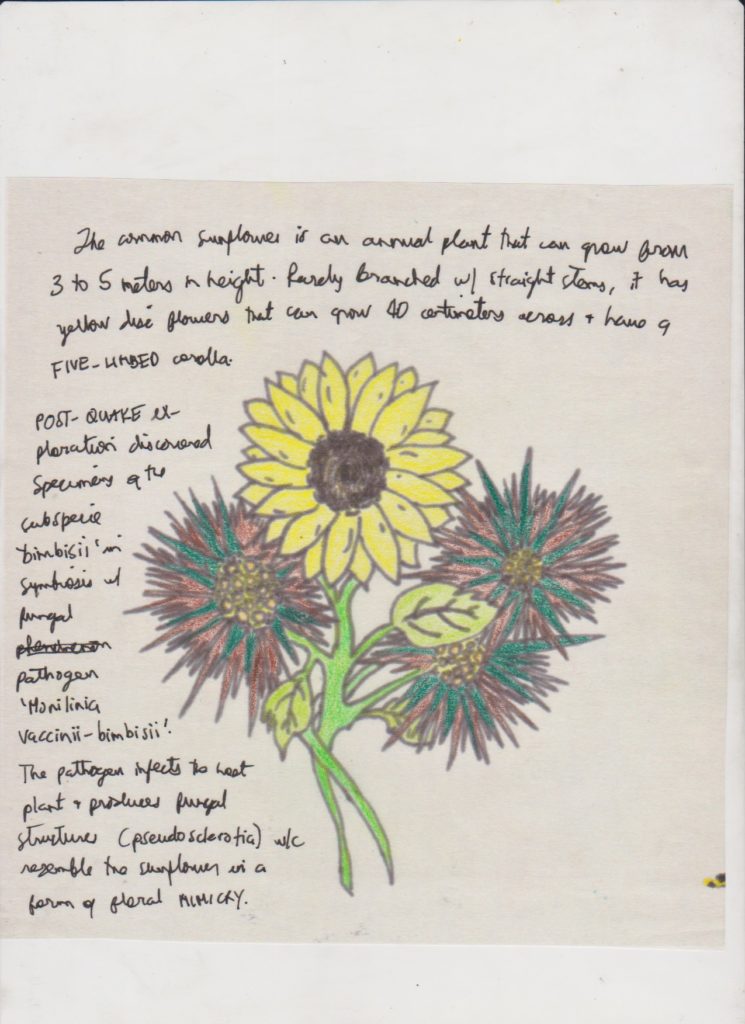

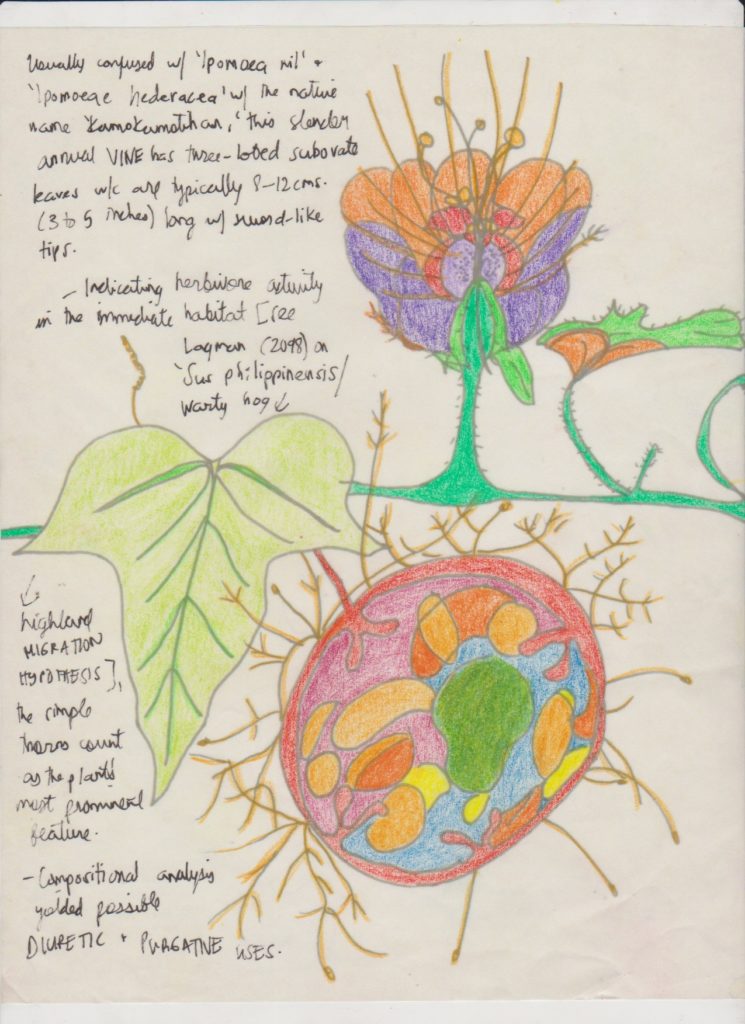

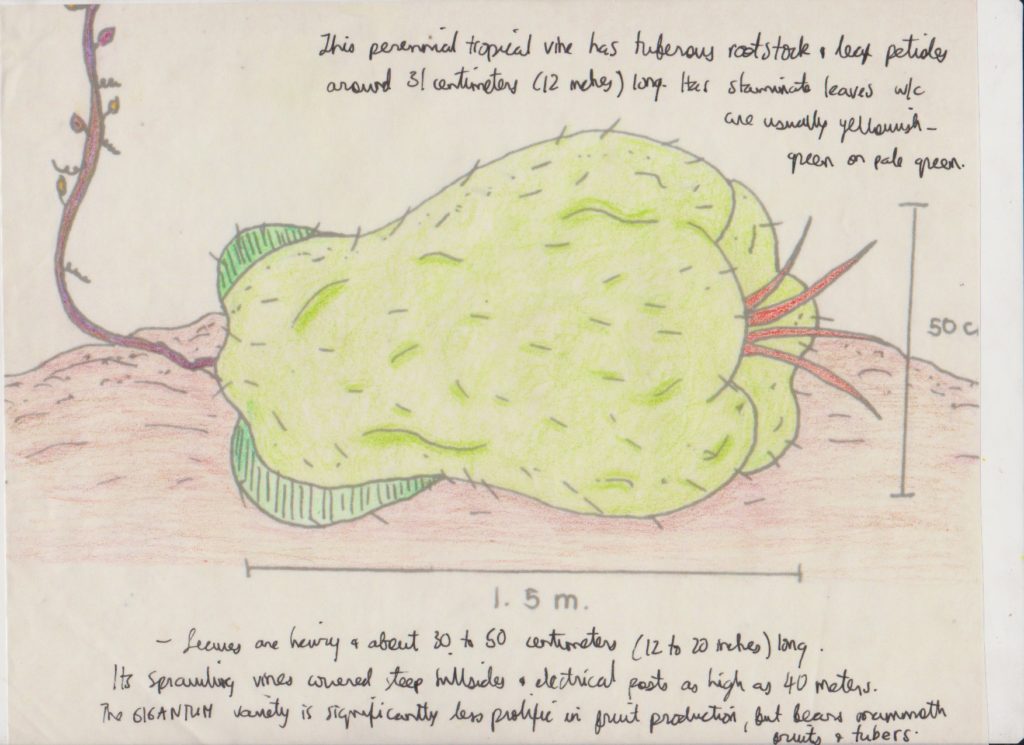
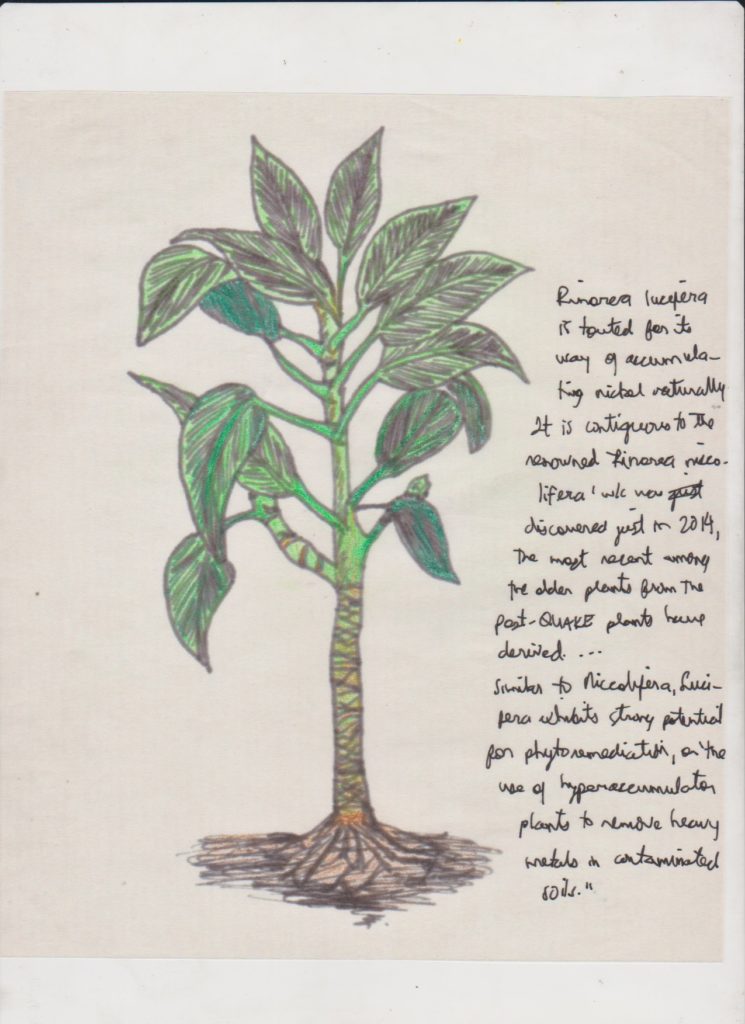


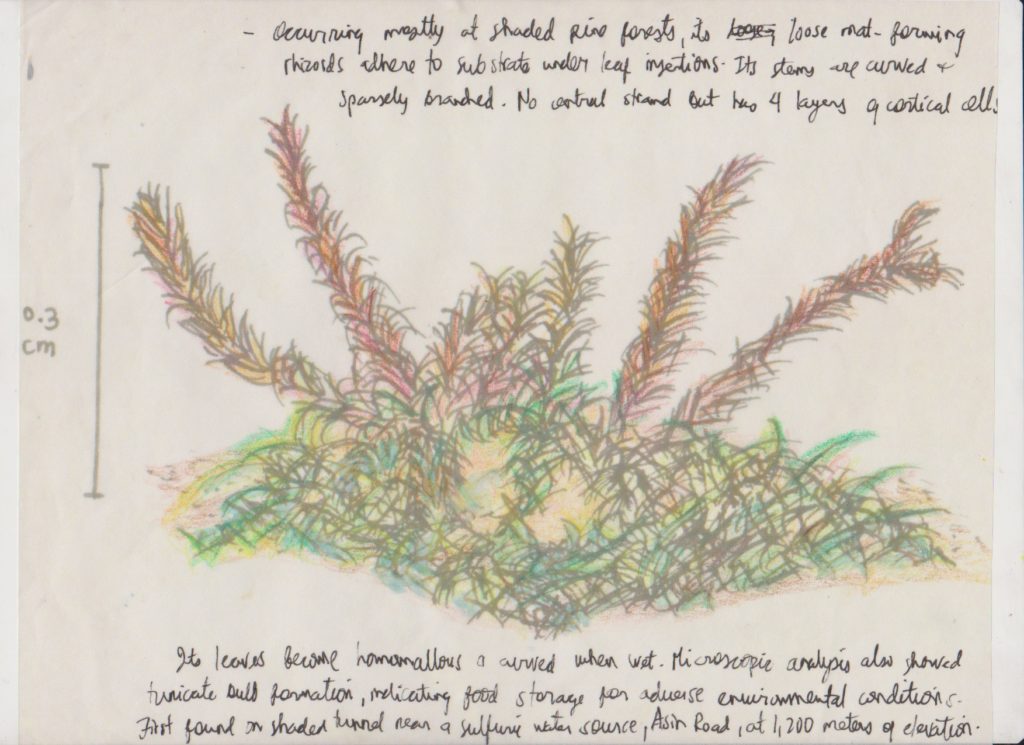
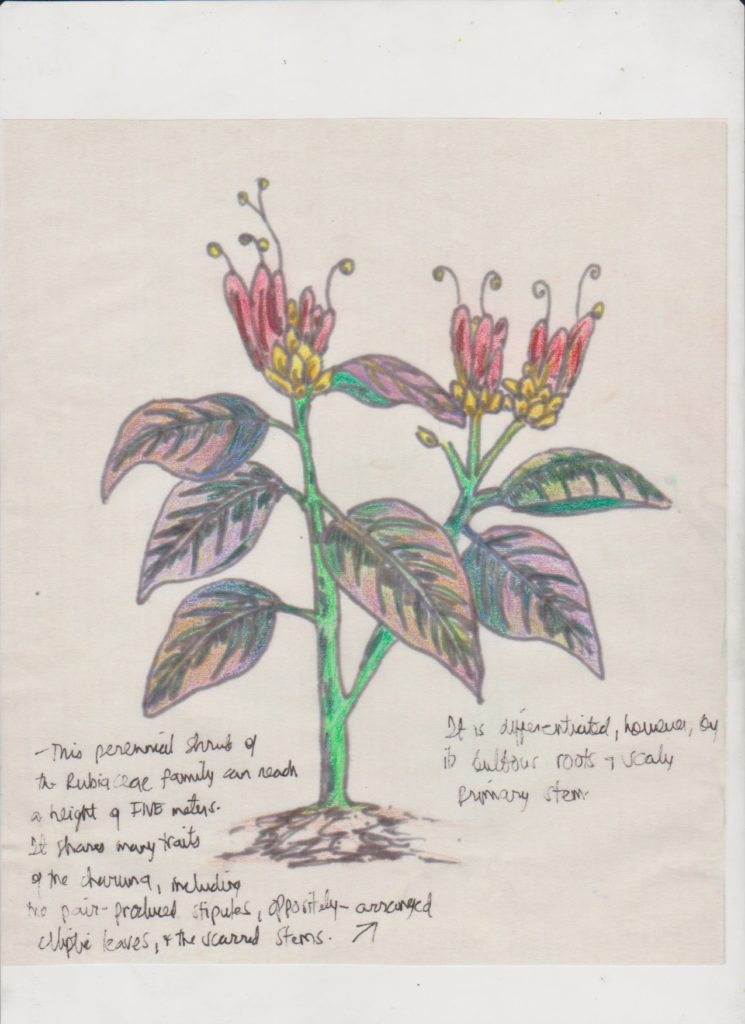
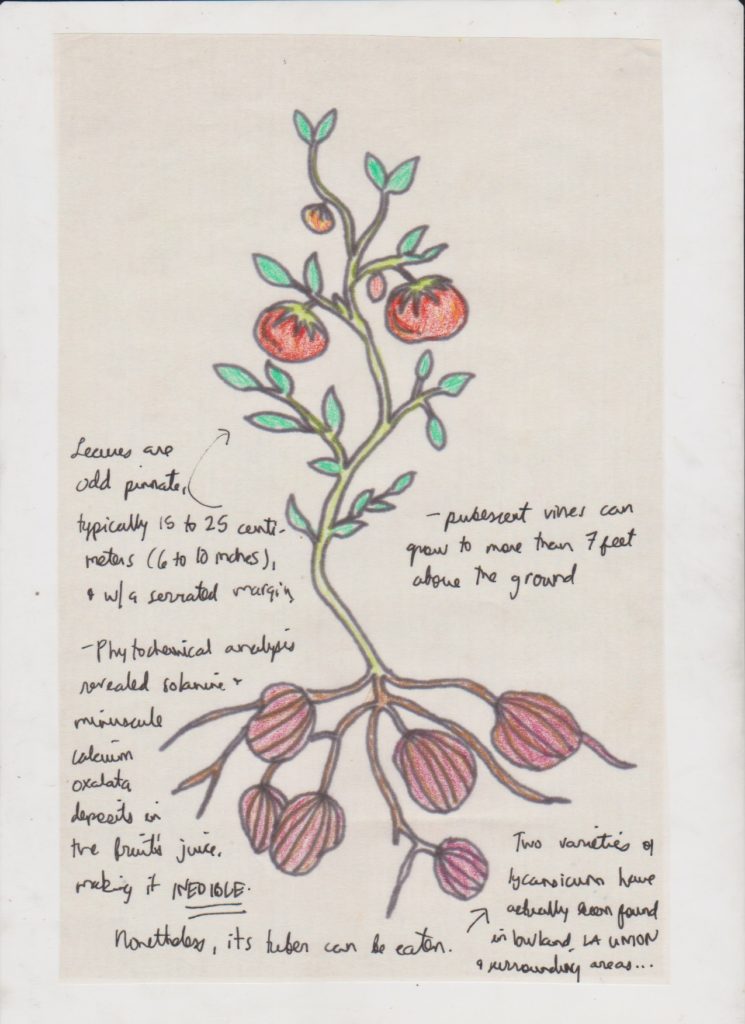
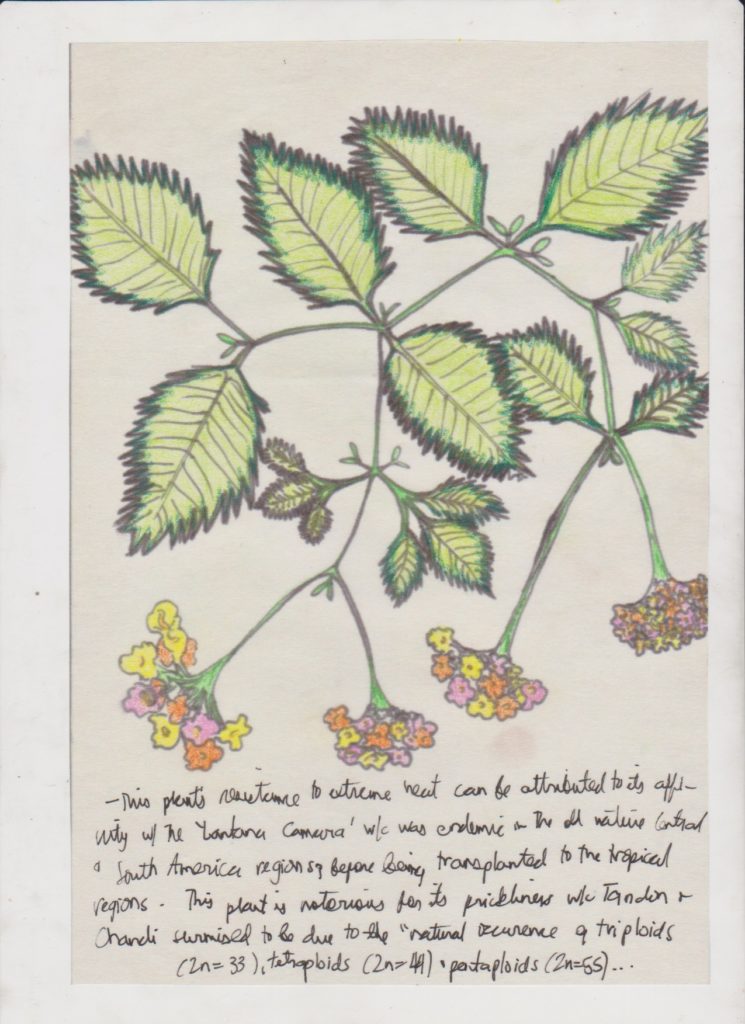
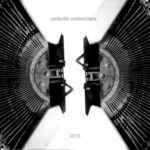
Pedantic Pedestrians (PP), a laboratory for experimenting with modes of cultural production. PP has launched four folios online, held a book launch without a book, released an Oncept Series and helped organize a small press expo in Baguio City. Other works can be seen and downloaded in the group’s site.

 BACK TO ISSUE
BACK TO ISSUE